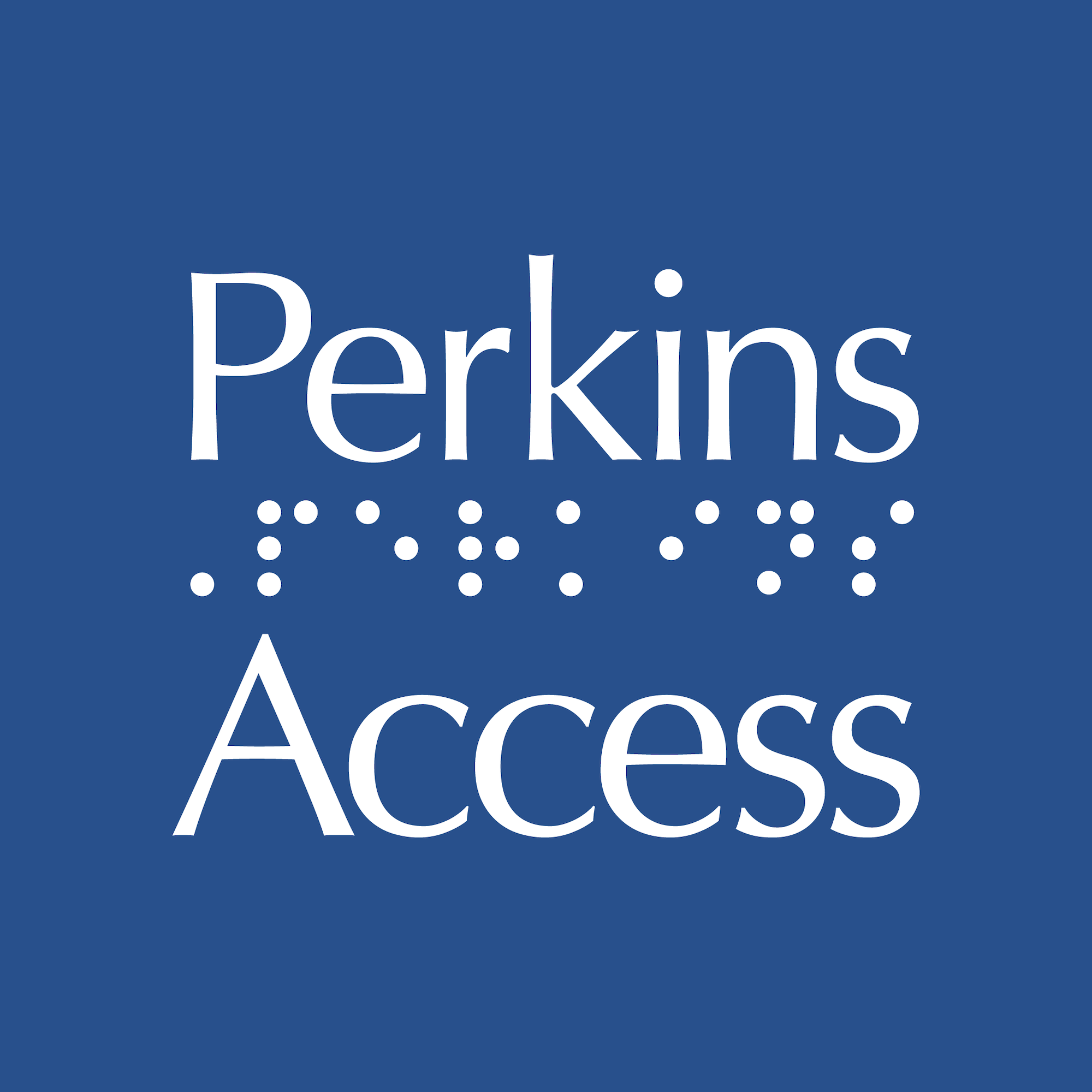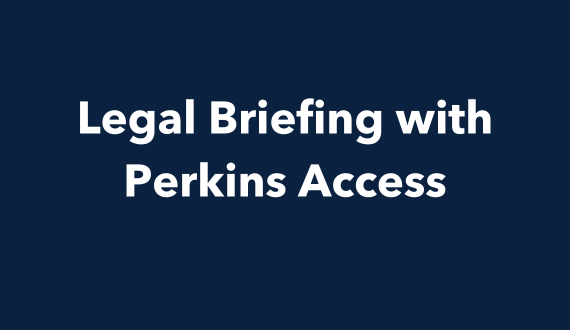Starting a website redesign? Don’t forget about accessibility!
Share

3 digital accessibility considerations when you’re planning a website redesign
When is the right time to include accessibility in your digital experience? As early as possible. For the most inclusive digital experiences, accessibility has to be at the forefront of design and development. Which means that when you’re redesigning your website, accessibility should be built into your process from the start — that way, you’ll reach the widest possible range of users from the moment you launch.
How to get started building accessibility in to your redesign:
- Talk to your agency or in-house team about the level of accessibility you want to reach. Make sure your design team knows the standards you want to work to achieve, so everyone is on the same page. The World Wide Web Consortium (W3C) developed an international standard called the Web Content Accessibility Guidelines (WCAG), which covers a wide range of recommendations for making Web content more accessible. Following these guidelines will make content more accessible to a wider range of people, including those with disabilities, and often makes Web content more usable in general.
Expert advice: There are different levels of compliance with WCAG that will inform things like the color choices you must make for your design. Therefore it’s important to consider what your goals are when making early design decisions.
– Gary Aussant, Director of Perkins Access Consulting
2. Include accessibility at the wireframe stage. Accessibility experts, like the Perkins Access team, can provide specific guidance even at the wireframe stage. Following WCAG is a great start, but getting expert advice in the early stages will ensure that your designs follow accessibility best practices and meet the needs of all of your users too. The guidelines can’t give you real-world, real-time advice on what you should do, do carefully, or completely avoid (i.e., you may want to completely avoid background videos that play automatically). And, expert guidance provided at this stage will ensure economies of scale as the “building blocks” are replicated during design and development.
Expert advice: Conducting accessibility checks in the wireframe stage ensures we’re factoring in all the critical criteria and needs well before we go into design. By working with the team at Perkins Access, we are able to get real-time expert counsel, which saves an enormous amount of time throughout the website build, while meeting the highest accessibility standards.
– Elise Ouellette, Strategist at Vital Design
3. Train your designers. Early on, even before your redesign begins, it’s important for your team to be trained. Your team should have a basic understanding of ways to build accessibility into the design process and design artifacts before coding begins. Get your team up to speed and build their expertise — this will result in a more efficient development process and workflow.
If you’re planning on a website redesign, don’t leave accessibility out. Because we’ve seen it happen: the last thing you want is to be done with development, but then need to go back and retrofit for accessibility.
When you build it into your site along the way — and build it into your process, too — you’ll develop a sustainable approach to accessibility for your digital experiences that will benefit you now and in the future.
Is your organization ready to embrace digital accessibility to ensure the best possible digital experience for everyone you serve? Whether you’re just getting started or want to understand what you could be doing better, the experts at Perkins Access can help. Get in touch today.




